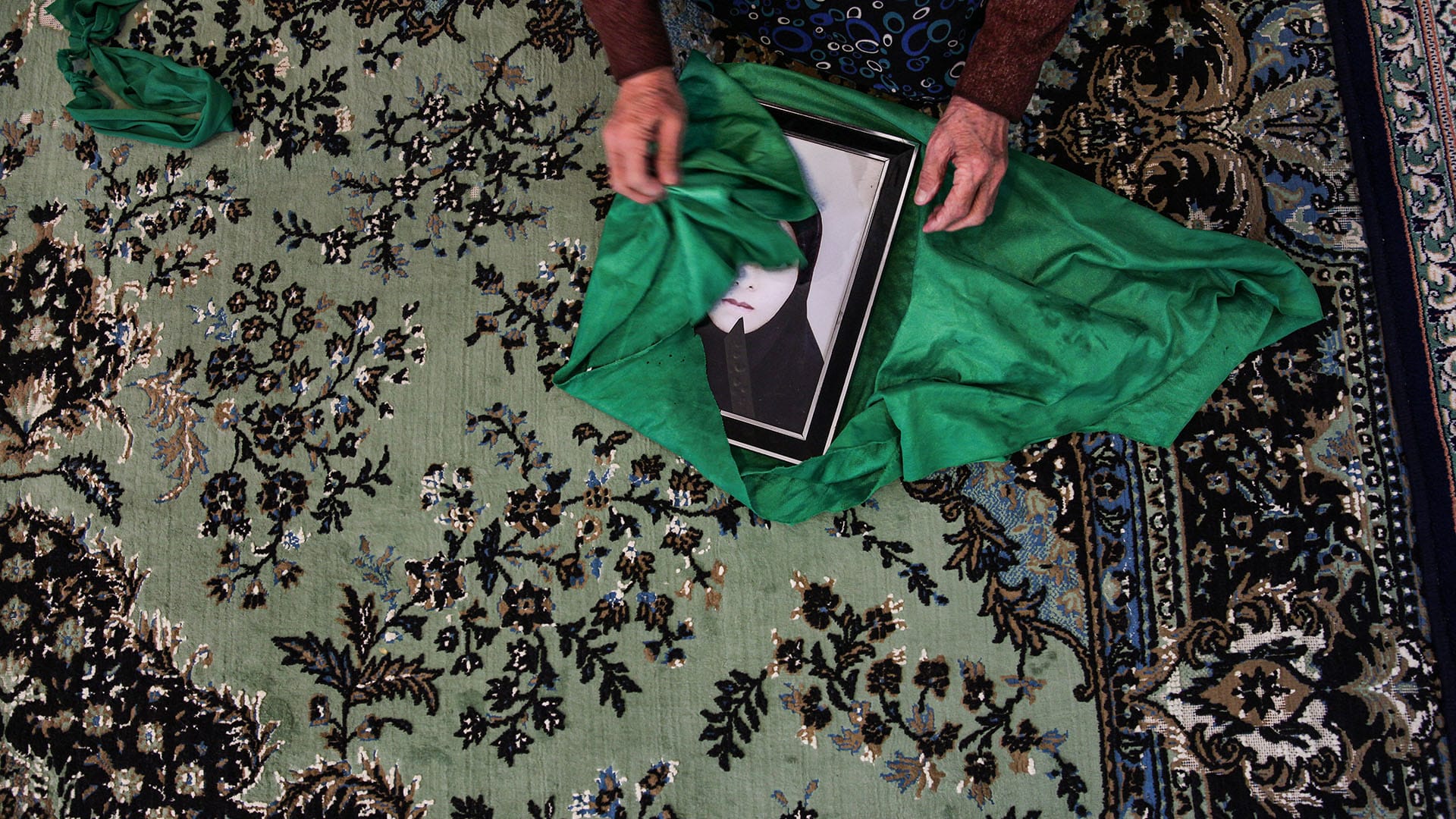In “Roulah,” Iranian photographer Shaghayegh Moradiannejad uncovers a harrowing practice of suicide among Kurdish women across the Middle East.

You’re getting blind.
Don’t miss the best of visual arts. Subscribe for $9 per month or $108 $90 per year.
Already suscribed ?



